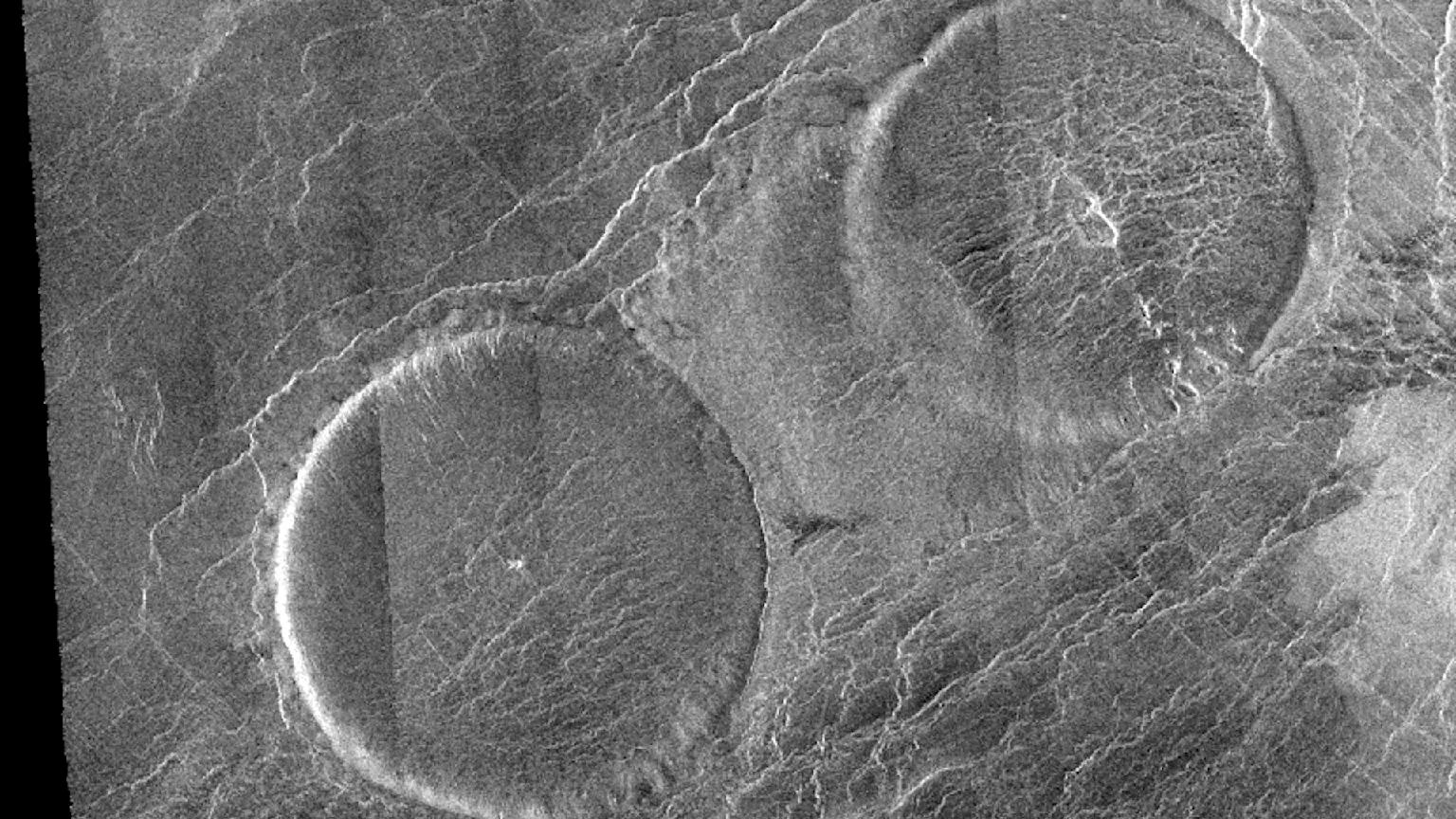Here we take a look at the sharpest ever views of the sun’s corona, from cascading coronal rain to a never-before-seen plasma stream.
Sharpest ever view of coronal rain One of the most striking sights: the sharpest ever view of coronal rain — delicate threads of cooling plasma, some narrower than 12 miles (20 kilometers).
Coronal rain forms when hotter plasma in the sun’s corona cools and condenses.
Akin to raindrops on Earth, coronal rain is pulled back down to the solar surface by gravity.
They are anchored to the sun’s surface in the photosphere, the innermost visible layer of the sun’s atmosphere and reach out far into the sun’s corona.
Because of its high temperatures, violent eruptions, and towering prominences—vast filaments of plasma radiating out from the solar surface—the sun’s outer atmosphere, or corona, has long captivated scientists.
The corona has remained frustratingly elusive, as it can only be seen during a total solar eclipse and is obscured by Earth’s turbulent atmosphere. So far.
Researchers can now see the sun like never before thanks to a new adaptive optics system called Cona, which was installed at the 1.6-meter Goode Solar Telescope (GST), run by NJIT’s Center for Solar-Terrestrial Research (CSTR) at Big Bear Solar Observatory (BBSO) in California. Here, we examine the most lucid views of the sun’s corona, including a never-before-seen plasma stream and tumbling coronal rain. In order to display the hydrogen-alpha light that the plasma emits, the videos are artificially colored. Brighter light is the darker hue.
sharpest coronal rain view ever.
One of the most remarkable sights was the clearest view of coronal rain ever seen, which consisted of thin cooling plasma threads that were sometimes less than 12 miles (20 kilometers) wide.
As hotter plasma cools and condenses in the sun’s corona, coronal rain is created. Coronal rain is drawn back down to the solar surface by gravity, much like raindrops are on Earth. However, it doesn’t descend directly, as opposed to Earth’s rain. Because of its electrical charge, the plasma flows back to the solar surface in an arching and looping pattern along the lines of the sun’s magnetic field.
‘plasmoid’ never seen before.
A previously unseen feature of the highly detailed solar observations is the quick formation and collapse of a finely structured plasma stream known as a “plasmoid.”.
A plasmoid is seen scuttling across the sun at a speed of nearly 62 miles per second (100 kilometers) in the time-lapse video. Most likely, this is the first time a plasmoid has been seen.
“These are by far the most detailed observations of this kind, showing features not previously observed, and it’s not quite clear what they are,” the study’s co-author, Vasyl Yurchyshyn, said in a statement.
Solar prominence is stunning.
Not to mention a detailed examination of a rapidly reconstructed solar prominence that is “dancing” and twisting in relation to the sun’s magnetic field.
The sun’s ‘fluffy-looking’ surface is made up of short-lived plasma jets called spicules, which are dynamic features whose nature is still up for debate.
Large loops of plasma, a hot gas primarily made up of hydrogen and helium, make up solar prominences. They extend deep into the sun’s corona and are fixed to the surface of the sun in the photosphere, the innermost visible layer of the atmosphere. However, the precise process by which they form in the first place is still unknown to scientists.
The field of solar astronomy has a bright future.
In addition to being visually beautiful, these enhanced views of the sun’s corona present a rare chance to conduct unprecedented corona research.
“This decades-old gap is closed by the new coronal adaptive optics system, which provides images of coronal features at 63 kilometers resolution—the theoretical limit of the 1.6-meter Goode Solar Telescope,” said Thomas Rimmele, Chief Technologist at the National Solar Observatory.
Scientists are getting closer to solving one of the sun’s biggest mysteries: why the corona burns millions of degrees hotter than the solar surface. They are doing this by capturing the fine-scale structure and motion of cooler plasma. Our comprehension of filament eruptions and coronal mass ejections—strong plasma explosions that cause space weather, interfere with technology, and illuminate the sky with breathtaking auroras—is also improved by these sharper views.
Researchers intend to apply this technology to even bigger telescopes, such as the 4-meter Daniel K. Hawaiʻi’s Inouye Solar Telescope promises a closer look at the sun’s outer layers. According to a statement from Philip Goode, the study’s co-author, “This signals the beginning of a new era in solar astronomy, promising many more discoveries in the years and decades to come.”.







